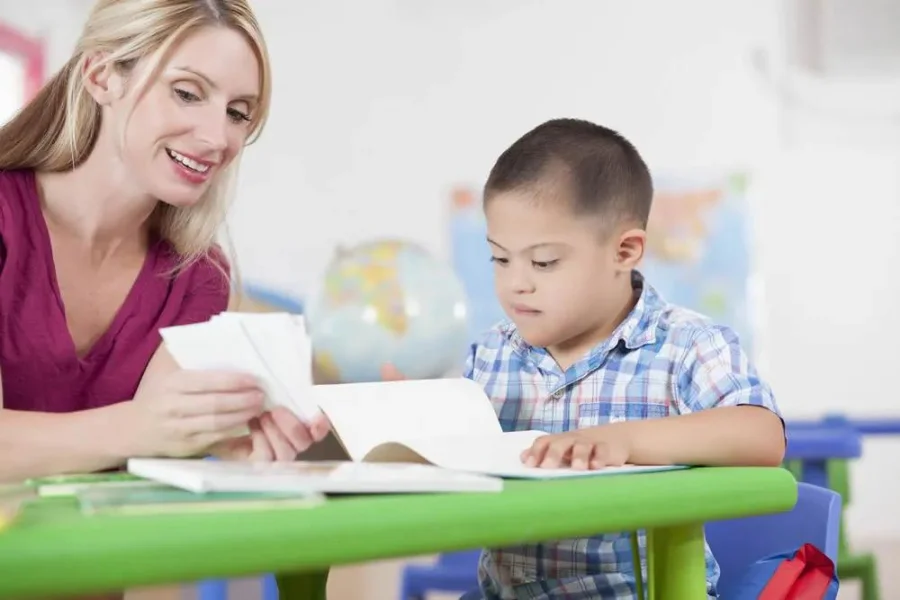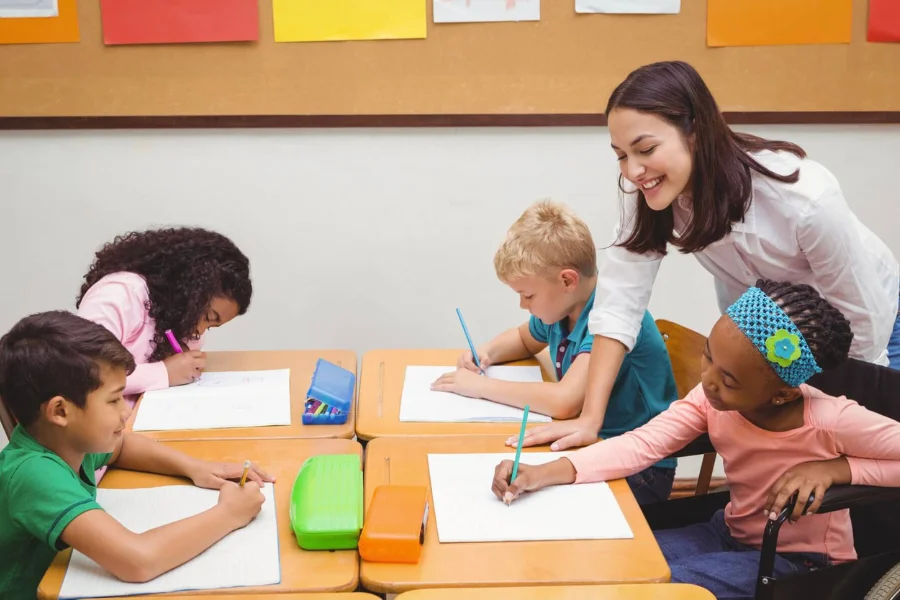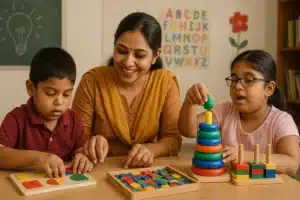
Source: sharemylesson
The objective of English remedial teaching is to focus on improving students’ barriers to language acquisition. With the use of individualized support, English Remedial Teaching, helps students strengthen their foundation to increase confidence in speaking the language. This method bridges the knowledge gap by improving students’ communication skills, grammar, and vocabulary. This enhances overall academic achievement while also helping them improve their English language.
What are Various English Remedial Teaching Strategies?
By bridging specific learning gaps, English remedial teaching strategies are vital in assisting students in enhancing their language proficiency. Teachers can help students overcome grammar, vocabulary, and communication challenges.
Here are some effective Remedial Teaching Strategies that can be implemented:
Individualized Instruction
Adapting lessons to meet the distinct requirements of each student effectively targets particular deficiencies in language understanding and application.
Focused Grammar Exercises
Regularly applying English Grammar Rules leads to understanding sentence construction and its proper application.
Vocabulary Building Activities
Word games, flashcards, and contextual reading enhance students’ language and usage.
Reading Comprehension Practice
Gradually increasing the complexity of reading lessons enables students to progress in their reading process improving their comprehension skills.
Peer Learning
Promoting group conversations and explanations among peers can enhance communication abilities and strengthen understanding.
Timely constructive Feedback: Providing timely positive feedback enables students to know where they are going wrong ensuring they know their mistakes and correct them thereby enhancing their language skills.
By incorporating these English Remedial Teaching Strategies, educators can provide effective support to students and promote significant progress in their language abilities.
What are Some Remedial Teaching Materials for Slow Learners?
Remedial Teaching Materials for students experiencing difficulties are vital in making sure that those facing academic challenges receive the support they require. These resources are intended to address specific learning gaps by breaking down complex concepts into more manageable and comprehensible parts.
Below are some effective Remedial Teaching Materials for Slow Learners:
Structured and Sequential Learning Materials
Learning materials, such as workbooks, textbooks, and guided lessons, help slow learners gradually build their understanding by breaking complex topics into smaller units.
Programmed Texts and Interactive Computer Instruction
These resources enrich specific areas of learning, supporting students to process information at their speed and achieve proficiency gradually.
Multisensory Approach
Integrating sensory approaches such as visual, auditory, and tactile components into scholastic activities lets students use different senses, thereby refining their ability to understand concepts.
Computer-Aided Teaching
Educational software, online platforms, and digital resources enhance learning interaction and engaging. Providing further support to slow learners.
Recognizing and Rewarding Small Milestones
Appreciating the child’s smallest achievements makes a huge difference to the child’s confidence motivating them to strive for better learning outcomes.
Applying the Remedial Teaching Methods for slow learners ensures that educators are on the right path of offering customized and tailor-made learning experiences for students helping them to bridge any academic gaps in English learning.

Source: theconversation
Which is the Best Course for Remedial Teaching?
Remedial Teaching is a challenging field that needs adequate training and proper authentic practical training to ensure the candidates gain the desired knowledge that will help them to support the child’s learning effectively. Vidhyanidhi Education Society (Govt. Regd.) is at the forefront of launching a top-notch Diploma in Special Education Needs Course that has helped hundreds of trainees explore their dream of getting placed at prestigious educational institutions across the globe.
A few key attributes that make the Diploma in SEN from Vidhyanidhi Education Society (Govt. Regd.) stand apart from the rest are listed below:
Interpreting various learning needs
The Course includes the identification of learning disabilities and devising effective teaching strategies to enable students to overcome academic challenges.
Tailor-made Lesson plans
Learn how to formulate customized learning plans targeting the specific learning disability and addressing the unique needs of each child.
Applying varied sensory teaching tactics
This course gives a detailed list of various multisensory approaches that can help children learn in a way that suits them the most.
Learning by doing experiences
Gain real classroom scenario insights by interning at a school to learn about classroom management practices.
Lucrative Career Prospects
With more and more schools implementing Inclusive education in their educational setup a lot of job opportunities with rewarding financial perks are available for aspiring teachers.
Vidhyanidhi Education Society’s (Govt. Regd.) Diploma in SEN is ideal for educators who wish to specialize in remedial teaching, offering a comprehensive and hands-on approach to addressing the individual needs of students.
Master English Remedial Teaching! Join Vidhyanidhi Education Society’s SEN Course to boost your expertise!
For more details on the SEN Course Call/Whatsapp at +919321024137 / +919869866277
To download the brochure of the SEN Course, Click Here!
FAQs
What is the Main Objective of Remedial Teaching?
To address learning gaps and improve students' skills through personalized instruction and targeted support.
What is Remedial Tutor?
A Remedial Tutor helps struggling students by providing extra support. Vidhyanidhi Education Society offers an SEN Course for training.
What are the Best Teaching Methods for Slow Learners?
Tailor-made lesson plans, application of multisensory approaches, and using technology-aided methods can prove to be the best teaching methods for slow learners.



